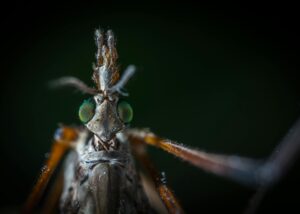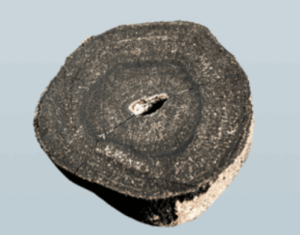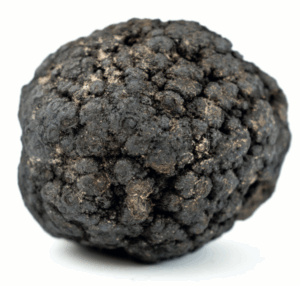I would argue that, although I am a so-called plant philosopher, that actually this domain is the easiest starting point for understanding from a generalist’s perspective what constitutes a beautiful, intact, harmonious ecology. For example, entomology is much more difficult because, well, not only do insects move, extremely rapidly sometimes, but identifying the different species can become exceedingly difficult and nuanced. Chronicling the meaning and nuance of the insect world takes virtues that not everyone has. Whereas an intact, beautiful ecosystem has so many different plant colors, apparent and non-moving, they’re right there for our observation.
You can even pick plants and taste them and not feel much compunction as you don’t kill the plant from just picking a flower, leaf, or berry. So the idea of inspecting and ingesting the world around us, being intimate with it, but not having to kill, is extremely attractive.
And that’s why, plant philosophy – and fungi philosophy, which I’ve been working on for 10 years but is still relatively undeveloped compared to plant philosophy – are easy ways for people in the humanities who don’t have any scientific training to enter the natural world, right? Because we say we love nature, but it’s very difficult for somebody trained into the Western mind to have any idea what nature is, including because we’ve become so alienated from our own nature because the two (inner and outer nature) are not separate. And so, understanding our microbiome, for example, is also an entry point, as Jamie Lorimer and Natasha Myers, and many have pointed out that there’s this continuum of life everywhere we look.
And now we know that even stones produce life. Those nodules of manganese at the bottom of the ocean that produce oxygen, which likely gave rise to the first life forms on earth, and may even be part of the secret of Terry Deacon’s autocatalytic chemical reactions that created the first cells, the autocells.


